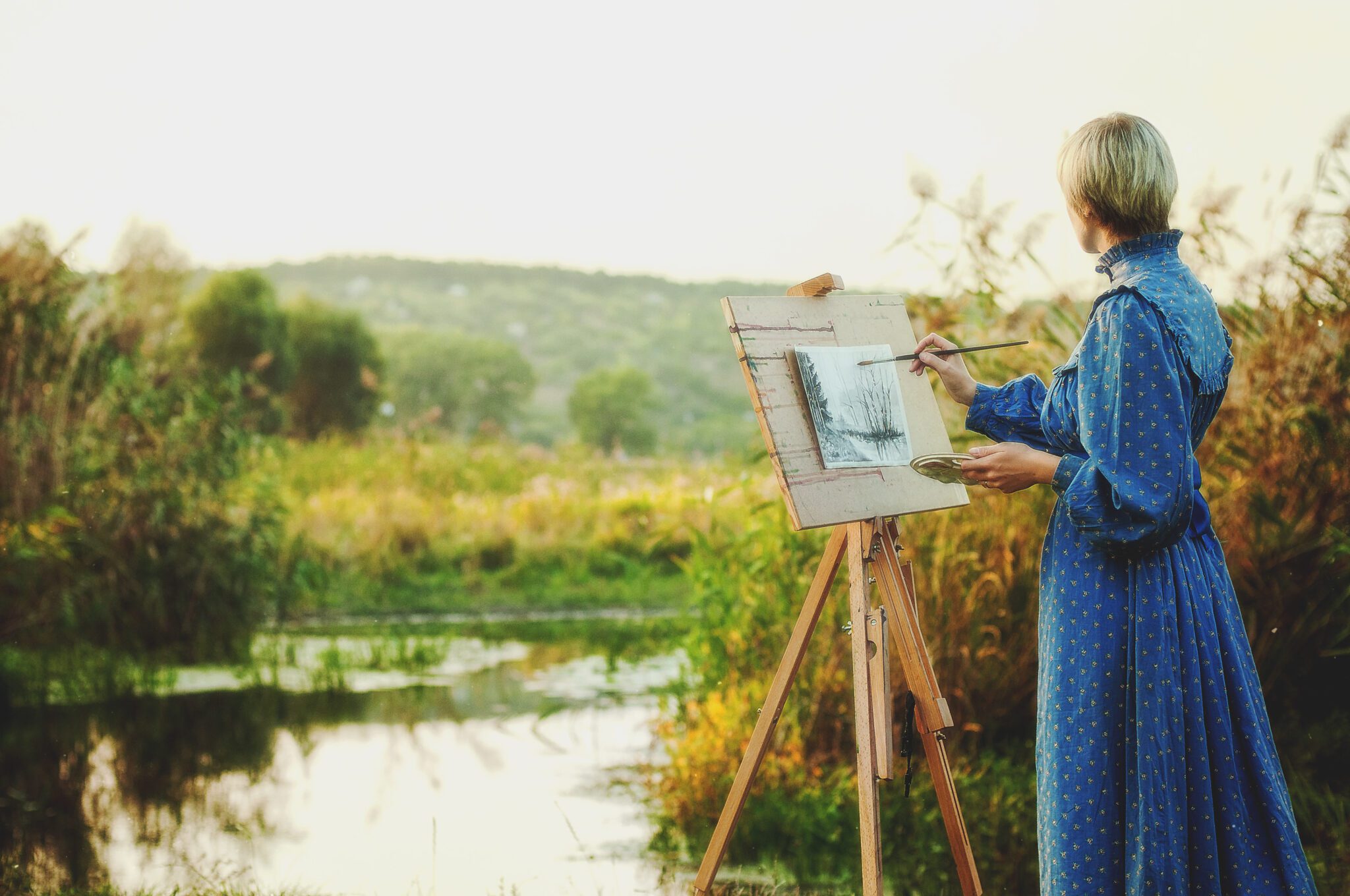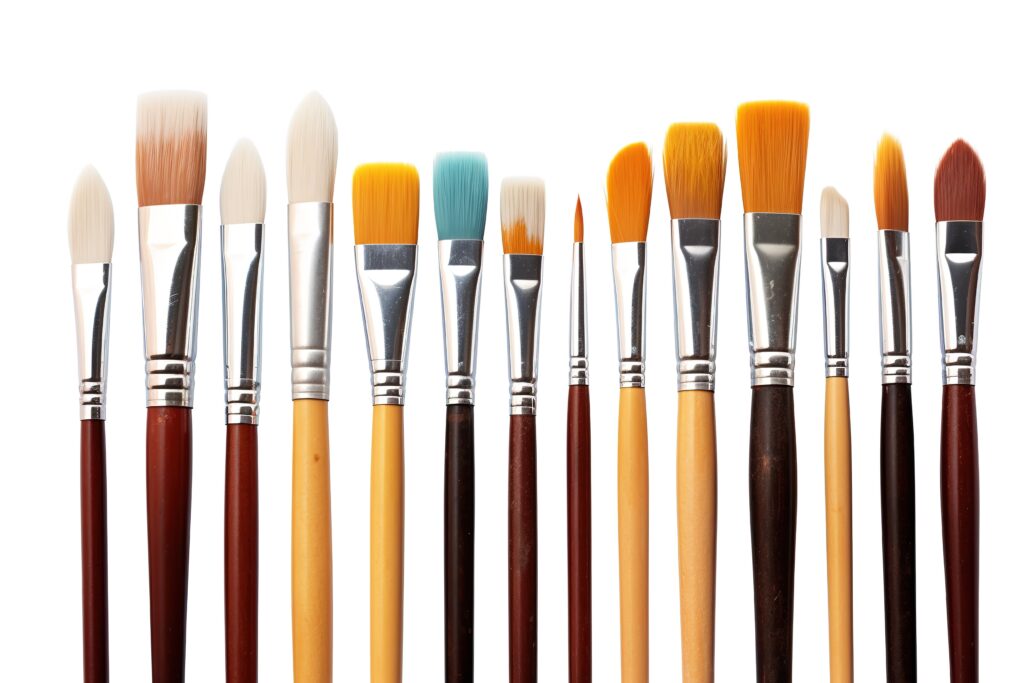As artists, capturing the beauty of nature in our landscape paintings can be both exhilarating and challenging. The right tools can make all the difference in translating the vibrant colors, textures, and essence of the outdoors onto canvas. Among these tools, the choice of paintbrush is crucial—not just any brush will do for creating those stunning vistas. This guide will help you find the perfect paintbrush for outdoor landscape painting, focusing on the features, types, and techniques that will elevate your art in the great outdoors.
1. The Importance of Choosing the Right Paintbrush
Selecting the right paintbrush for outdoor landscape painting is essential for several reasons:
A. Capturing Detail and Texture
Different brushes yield different effects—ranging from fine detail to broad strokes. When working outdoors, the choice of brush can help you capture the intricate nuances of nature, from delicate flowers to massive tree trunks.
B. Adapting to Changing Conditions
Outdoor painting comes with its unique challenges, such as quickly changing light and weather conditions. The right brush allows you to adapt your technique quickly and efficiently, helping you to seize opportunities for that perfect shot of sunlight breaking through the clouds.
C. Enhancing Your Style
Your painting style plays a pivotal role in how you choose your brush. Whether you lean towards realism, impressionism, or abstraction, the correct brush can enhance your approach and allow you to showcase your artistic voice.
2. Types of Brushes for Outdoor Landscape Painting
In the world of paintbrushes, variety is key. Different brush types serve various purposes in landscape painting. Here’s a breakdown of some essential brushes you should consider for outdoor work:
A. Flat Brushes
Usage:
Flat brushes are perfect for covering large areas and making broad strokes. They can create sharp edges and are excellent for painting straight lines, such as the horizon or building outlines.
Benefits:
- Ideal for washes and backgrounds.
- Good for block painting and solid shapes, such as fields or skies.
- Versatile in both horizontal and vertical strokes.
B. Round Brushes
Usage:
These brushes have a pointed tip, making them great for detail work and soft shapes. They excel in creating thin lines, details, and controlled strokes.
Benefits:
- Ideal for rendering organic shapes, such as leaves and flowers.
- Great for fine detailing and adding intricate elements to your landscapes.
- Excellent for blending colors.
C. Liner Brushes
Usage:
Liner brushes are thin and long, designed primarily for precise lines and details. They’re perfect when you need to add fine lines and elements in your painting.
Benefits:
- Fantastic for painting details like tree branches and grass blades.
- Useful for outlining shapes and creating textures.
D. Filbert Brushes
Usage:
Combining the features of flat and round brushes, filberts have an oval tip and flexible bristles, allowing for both detail and broader strokes.
Benefits:
- Great for blending and softening edges.
- Useful for painting flowers and soft, rounded shapes in landscapes.
E. Fan Brushes
Usage:
Fan brushes have a uniquely shaped bristle structure that resembles a fan. They are ideal for creating textures and patterns, such as foliage or clouds.
Benefits:
- Perfect for stippling techniques and creating texture in leaves.
- Can be used to create softer edges and blend difficult spots.
3. Selecting the Right Paintbrush for Different Conditions
When you’re painting outdoors, environmental factors play a significant role in how you work. Choosing the right brush can help you adapt to different conditions.
A. Working in Bright Sunlight
In bright conditions, light reflects off surfaces, making it essential to choose brushes that help you create softer edges and smoothly blend colors. A filbert or flat brush works best in these situations, allowing you to apply and blend colors effectively.
B. Painting Overcast Scenes
If you’re working under cloudy or overcast conditions, explore more contrast in your work. A round brush or a liner brush may help sharpen details and shadows, making them pop against the muted light.
C. Capturing Moving Subjects
When painting landscapes that include moving elements—like waves, foliage, or people—quick-drying brushes like flat brushes could enable you to capture the fluid motion in strokes rather than waiting for layers to dry.
4. Techniques for Using Brushes Outdoors
Once you’ve selected your brushes, it’s essential to employ various techniques that leverage their unique shapes and advantages. Here are some painting techniques for outdoor landscape painting:
A. Broad Strokes with Flat Brushes
- Loading the Brush: Dip the flat brush into the paint so that the bristles are fully loaded but not overloaded.
- Directional Strokes: Use broad strokes across the canvas, adjusting pressure to create either thick or thin edges. This technique is excellent for covering backgrounds and creating dramatic skies.
B. Delicate Detailing with Liner Brushes
- Load Wisely: Use a liner brush for fine lines by lightly loading the bristles with paint.
- Steady Hand: Practice steady movements to create thin lines—perfect for detailing tree branches or outlining elements in the landscape.
C. Blending Techniques with Round Brushes
- Layering Colors: Use a round brush to layer different colors while the paint is still wet to achieve seamless blends.
- Circular Motion: Employ soft, circular brush strokes to blend colors softly, ideal for rendering clouds in the sky.
5. Tips for Finding Your Perfect Paintbrush
The right paintbrush can make a significant difference in achieving your desired outcome. Here are some tips to guide your selection:
A. Test Brushes Before Use
Before committing to a brush, test it on a scrap canvas. This practice helps you understand how it behaves with the type of paint you’re using and how it generates textures.
B. Consider Your Painting Style
Choose brushes that complement your painting style. If you tend to work with fine details, investing in high-quality round and liner brushes will benefit you as you translate outdoor scenes onto your canvas.
C. Maintain Your Brushes Well
Always clean your brushes after each painting session, especially those used outdoors. Keeping brushes in good condition can prolong their lifespan and maintain their performance.
6. Conclusion: Embrace Nature with the Right Tools
Painting landscapes outdoors is a rewarding experience that allows artists to connect with nature and capture its beauty on canvas. The right paintbrush can make this process not only easier but also more enjoyable. Understanding the various brushes, their purposes, and techniques suited for outdoor conditions will elevate your work to new heights.
At Urart Studio, we are committed to supporting artists of all levels in their creative journey. Explore our unique selection of brushes and art supplies at urartstudio.com/shop, discover more painting tips at urartstudio.com/painting-tips, and check out our step-by-step painting instructions at urartstudio.com/step-by-step-painting-instructions. Let’s embark on this artistic adventure together!
Keywords: outdoor landscape painting, paintbrush selection, acrylic painting techniques, nature-inspired art, brush types, painting tips.
#OutdoorLandscapePainting, #PaintbrushSelection, #AcrylicPaintingTechniques, #NatureInspiredArt, #BrushTypes, #PaintingTips




Leave a Reply
You must be logged in to post a comment.